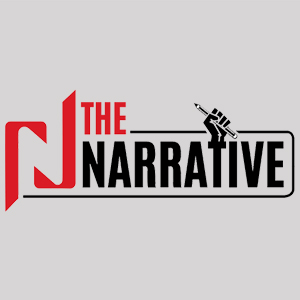Yan’an Rectification : The Birth of Maoist Dictatorship
The Yan"an Rectification Movement was a turning point in Chinese history, solidifying Mao Zedong’s dictatorship and proving that communist regimes rely on fear, repression, and propaganda to sustain themselves.
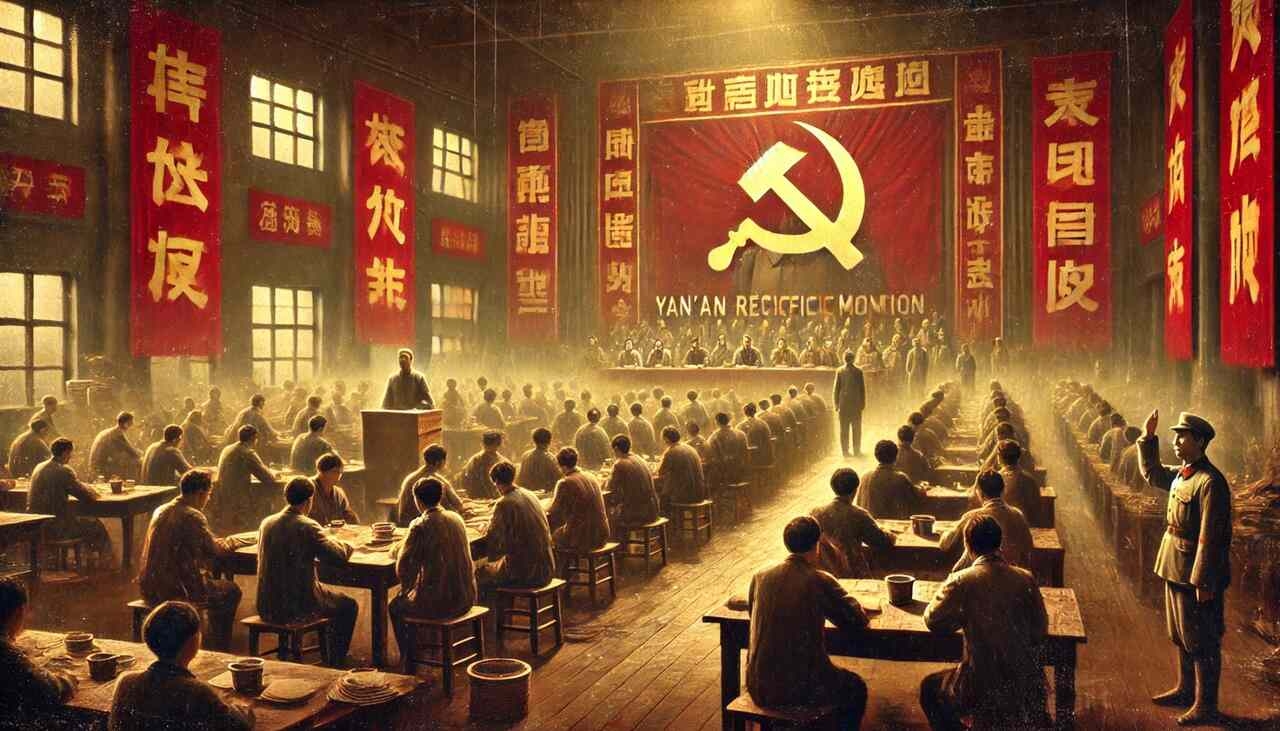
The Yan'an Rectification Movement (1941–1945) was a political purge initiated by Mao Zedong to consolidate his control over the Chinese Communist Party (CCP). Often described as China’s first large-scale ideological movement, this campaign laid the foundation for Mao’s totalitarian rule, using terror, propaganda, and coercion to suppress dissent within the party.
It marked the beginning of Mao’s strategy to blend ruthless political control with a carefully crafted image of ideological purity. Mao’s rise to absolute power was not merely a result of strategic military victories but also of his ability to manipulate ideology and control the thoughts of those around him.
The Yan’an Rectification Movement was a calculated effort to shape the CCP according to his vision, ensuring that he alone dictated the party’s philosophy, policies, and governance. In doing so, he established a dictatorship that would later result in some of the most disastrous events in Chinese history, including the Great Leap Forward and the Cultural Revolution.
The Horror of Communism: Purges and Psychological Torture
The Yan'an Rectification Movement was characterized by brutal purges that targeted intellectuals, party members, and military officials suspected of ideological deviance. Mao implemented intense self-criticism sessions, forced confessions, and psychological torture, creating an atmosphere of fear and paranoia.
Mao’s methods were systematic and deliberate. He promoted mass interrogations, where individuals were pressured to denounce their comrades. These confessions were often extracted through prolonged psychological stress, starvation, and public humiliation.
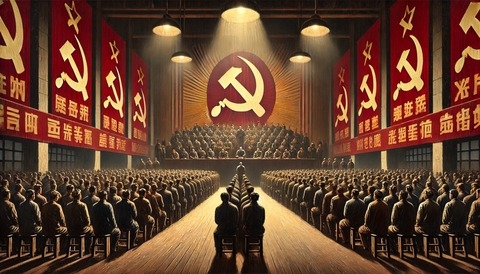
Those accused of opposing Mao’s ideology were forced to endure "struggle sessions," during which they were beaten, ridiculed, and made to publicly confess fabricated crimes against the party. This level of persecution reinforced an environment where no one dared to challenge Mao’s authority, fearing they would become the next victim.
Additionally, thousands of party members, including loyal revolutionaries, were labeled as "rightists" and purged from their positions. These individuals were often executed, sent to labor camps, or driven to suicide. The Yan’an Rectification Movement marked the beginning of a long tradition of political purges in communist China, which persisted well into the late 20th century under Mao’s rule.
Communist Propaganda: Manufacturing Mao’s God-Like Image
One of the most significant aspects of the Yan'an Rectification Movement was the use of propaganda to build a cult of personality around Mao Zedong. Through speeches, controlled publications, and indoctrination campaigns, Mao positioned himself as the ultimate authority within the CCP. Literary censorship was a key tool in Mao’s propaganda machine. Books and documents that contradicted Maoist thought were systematically removed or rewritten to align with party ideology.
Mao’s writings, particularly On Contradiction and On Practice, became mandatory reading for all party members. These texts framed Mao as the sole architect of communist thought in China, dismissing alternate viewpoints as counterrevolutionary. Party newspapers and posters glorified Mao as the savior of the proletariat, elevating him to a near-divine status.
The propaganda also extended to the arts, where songs, plays, and paintings portrayed Mao as the supreme leader. The Chinese public was bombarded with slogans emphasizing loyalty to the party and Mao. This control over information and cultural expression allowed the CCP to shape the perceptions of its citizens, ensuring that any dissenting voices were drowned out by the state’s narrative.
Failed Policies: The Road to Disaster
Mao’s rectification campaign set the stage for his disastrous policies in later years, including the Great Leap Forward and the Cultural Revolution. The movement’s emphasis on ideological purity over practical governance led to inefficiencies in administration and the military.
The suppression of intellectualism during the Yan’an Rectification Movement had long-term consequences for China’s development. Many of the country’s brightest minds were either purged or silenced, leading to a lack of innovation and critical thinking in policy-making. The culture of fear that the movement instilled meant that no one dared to challenge Mao’s increasingly irrational decisions.
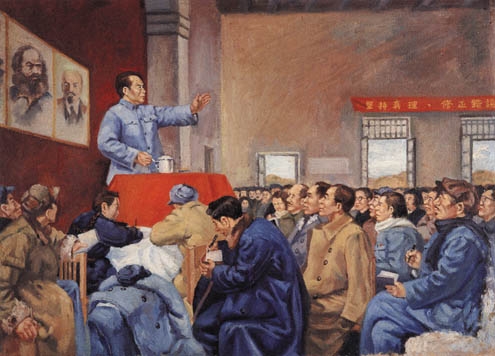
The economic and social structures in Yan’an, which were already struggling, deteriorated further due to Mao’s focus on ideological conformity rather than governance. By prioritizing loyalty over competence, the CCP crippled its own functionality. When Mao later introduced radical economic policies like collectivization, there were no capable officials left to offer practical solutions, resulting in one of the deadliest famines in history.
Another major failure of the movement was its impact on internal unity within the CCP. While Mao sought to solidify his control, he also created deep divisions among party members. These tensions would later erupt during the Cultural Revolution, where factional violence led to millions of deaths and widespread chaos.
Mao’s Dictatorship: The Blueprint for Future Oppression
Mao used the movement to eliminate all potential threats to his leadership, setting the stage for absolute dictatorship. The techniques he perfected in Yan'an—mass purges, forced ideological conformity, and unrelenting propaganda—became the blueprint for his future reign of terror.
By 1945, Mao had successfully established himself as the supreme leader of the CCP. Those who had supported rival factions were either eliminated or rendered politically irrelevant. The consolidation of power at Yan’an ensured that Mao could execute any policy, no matter how disastrous, without internal resistance.
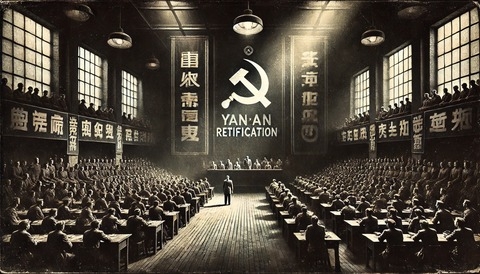
Mao’s totalitarian control was further reinforced through thought reform campaigns, which mandated that all citizens adopt party-approved ideology. This meant that individuals had to demonstrate unwavering loyalty not only through their words but also in their private thoughts and behaviors. Families were encouraged to report dissenters, and suspicion became an integral part of daily life.
These mechanisms of control became a permanent feature of Chinese society, extending far beyond the Yan’an era. The same strategies used during the Rectification Movement would be deployed during the Anti-Rightist Campaign of the 1950s, the Great Leap Forward, and the Cultural Revolution, each resulting in further devastation.
The Dark Legacy of Yan'an
The Yan'an Rectification Movement was a turning point in Chinese history, solidifying Mao Zedong’s dictatorship and proving that communist regimes rely on fear, repression, and propaganda to sustain themselves. This movement showcased the horrors of communism, where ideological purity was valued above human lives, and dissent was met with brutal punishment.
The movement demonstrated how a regime, once given unchecked power, can manipulate information, suppress individual thought, and eliminate opposition to create a society built on fear and obedience. The repercussions of the Yan’an Rectification Movement did not end in the 1940s but continued to shape China’s political landscape for decades. Today, its lessons serve as a stark reminder of the costs of ideological extremism and the devastating consequences of totalitarianism.
